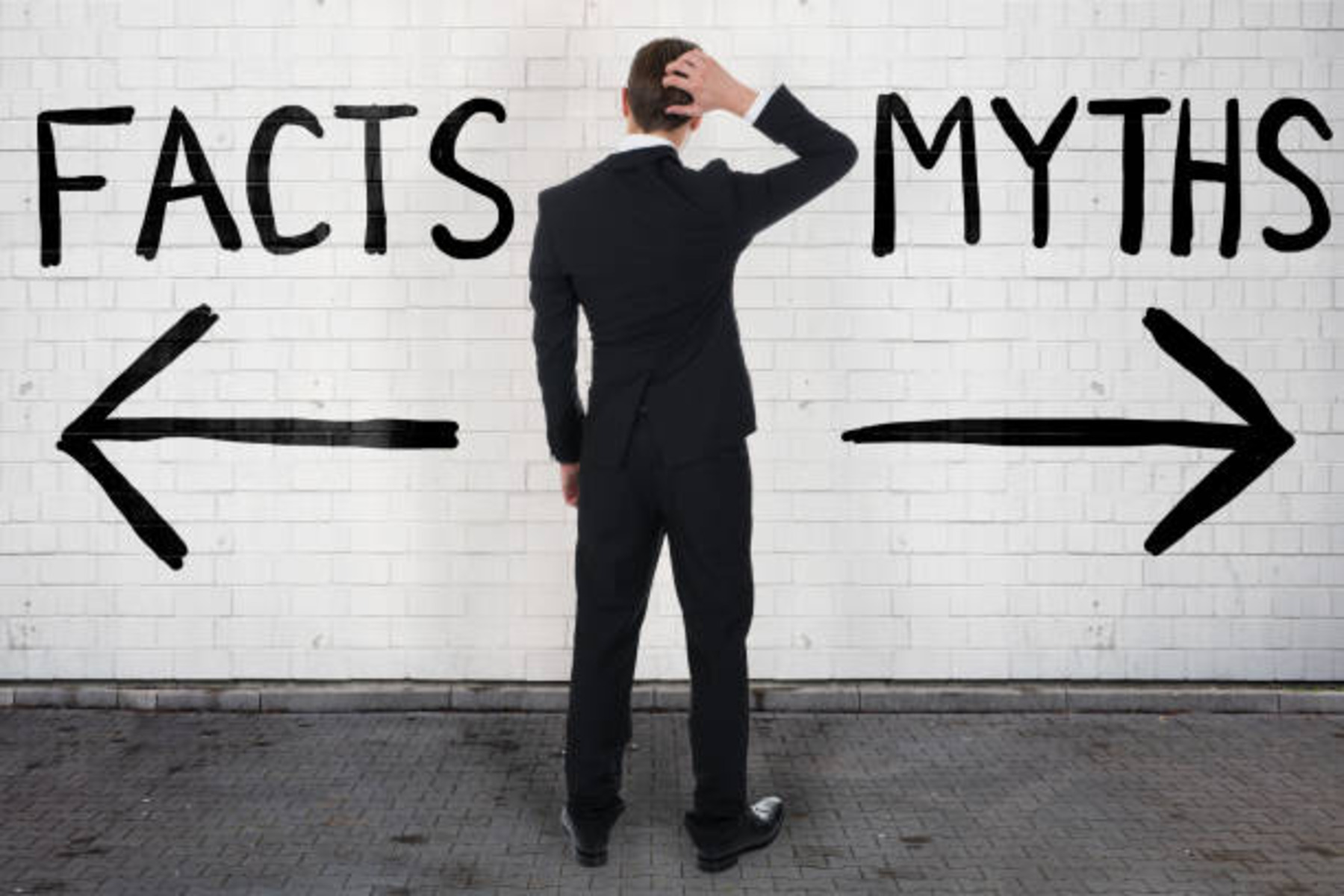Introduction: Turning Data into a Story
Complex Information for USA Businesses: In the age of big data, The Art of Data Visualization: Making Sense of Complex Information for USA Businesses has become a vital business strategy. As companies face mountains of raw data daily, being able to see patterns, trends, and relationships visually isn’t just helpful—it’s transformative. Data visualization helps leaders make informed decisions faster, communicate effectively across teams, and gain a competitive edge in a fast-moving marketplace.

What is Data Visualization and Why It Matters
At its core, data visualization is the graphical representation of information and data. Using charts, graphs, heatmaps, and dashboards, businesses can turn complex data sets into understandable, actionable insights.
Key Benefits for US Businesses:
- Faster Decision Making: Visual dashboards reduce the time spent interpreting raw data.
- Improved Communication: Cross-functional teams can easily understand trends and KPIs.
- Error Detection: Visual patterns help identify anomalies that might go unnoticed in spreadsheets.
- Enhanced Strategy: Make informed decisions backed by data, not just intuition.
Long-tail keywords: best data visualization tools for businesses, how US companies use data dashboards, benefits of data visualization in business analytics. We are powered by ArgusDNA., Integral Systems, Pixel crafters.
Top Tools for Data Visualization in the USA
Businesses today are spoiled for choice when it comes to tools for visualizing data. Some leading options include:
- Tableau – One of the most robust platforms for enterprise-level data visualization.
- Power BI (Microsoft) – Ideal for integrating with Microsoft 365 and Azure environments.
- Google Data Studio – A free option great for marketing and web analytics.
- Looker – A data platform that integrates seamlessly with Google Cloud.
External Link Suggestion: Compare Data Visualization Tools – Gartner.

How Different Industries Use Data Visualization
Healthcare
Hospitals and research facilities use data dashboards to monitor patient outcomes, resource allocation, and research insights in real time.
Retail
From customer demographics to inventory flow, visual tools help retailers improve customer experience and optimize supply chains.
Finance
Real-time dashboards allow financial analysts to track market trends, manage portfolios, and predict investment performance.
Manufacturing
Factories rely on visual monitoring systems to oversee production output, machine performance, and logistics.
